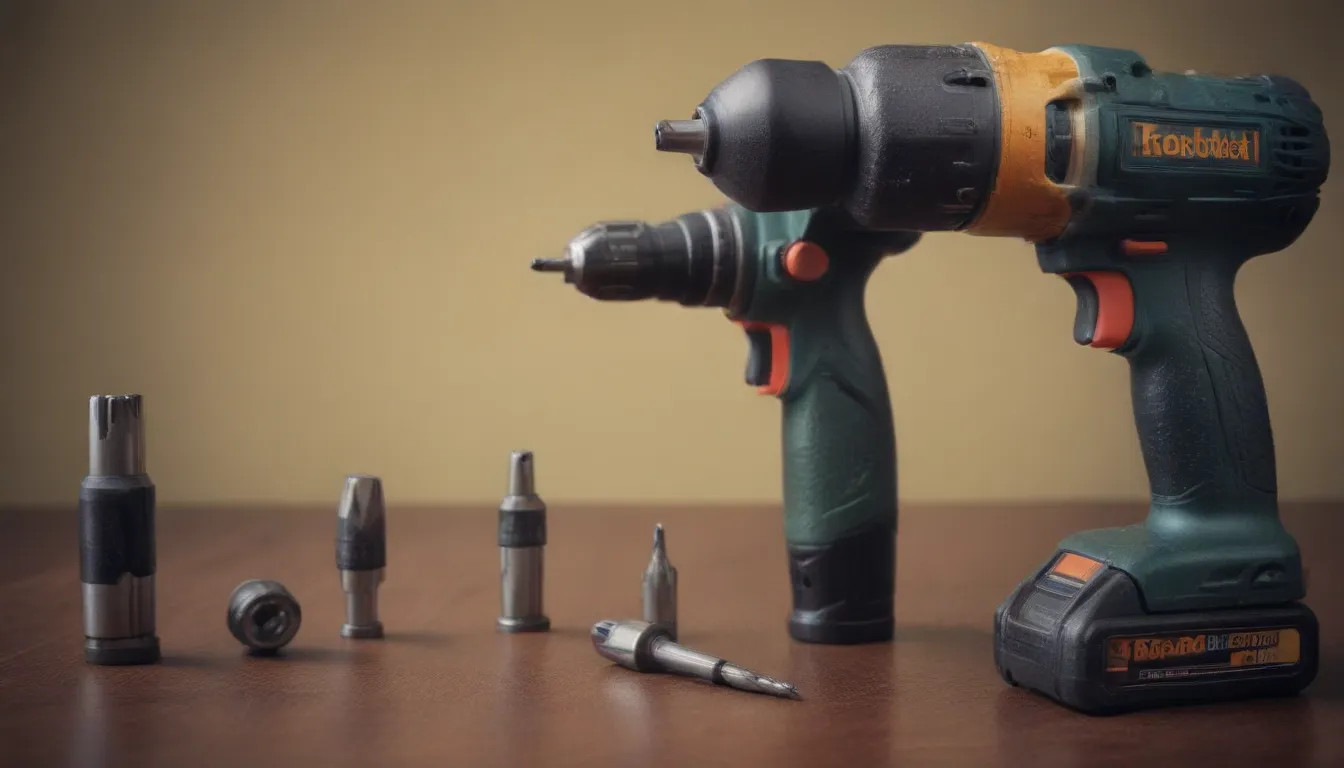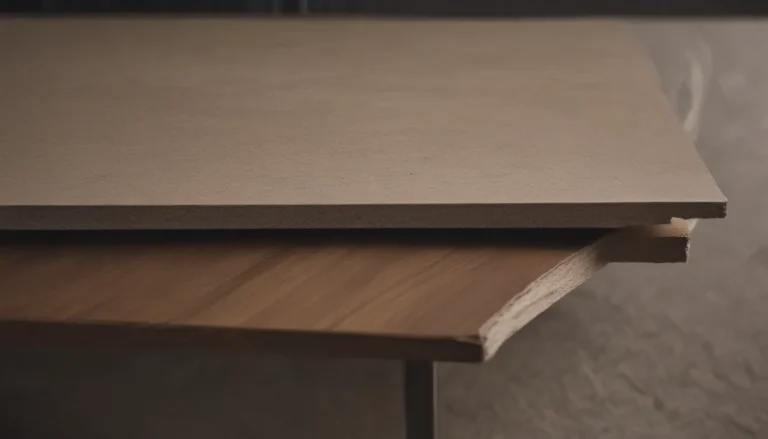Understanding the Difference Between Impact Drivers and Drills

When it comes to tackling projects around the home, shop, or garage, having the right tools for the job can make all the difference. Two essential rotary driving tools that are often confused are the drill and the impact driver. While they may look similar at first glance, they serve different purposes and have unique features that make them valuable additions to your toolbox.
What is a Drill?
A drill is a versatile tool that rotates a drill bit clockwise to bore holes in various materials by cutting and removing waste. Equipped with a driver bit, a drill can also turn screws, bolts, and other fasteners into materials. Here are some key points to consider about drills:
- Greater utility than impact driver
- Can both drill and drive
- Low-cost bits and drivers
- Good for driving short fasteners into soft materials
- Certain materials may require pre-drilling
- Can be hard on the hand, wrist, and arm
Drills are perfect for tasks like boring holes with drill bits, driving small fasteners into soft wood, and drilling into masonry. They offer precise control when it comes to driving screws, making them ideal for projects that require accuracy.
What is an Impact Driver?
An impact driver, on the other hand, is a compact and powerful tool that delivers high torque and is designed specifically for driving fasteners. While it may look similar to a drill, an impact driver has a unique mechanism that provides sequential bursts of power automatically. Here are some key points to consider about impact drivers:
- Easy on wrist and arm due to torque applied by the tool
- Reduces the chance of stripped screws
- Smaller and more compact than most drills
- High power ratio compared to its size
- Not suitable for drilling but excels at driving fasteners
- Requires special, expensive bits
Impact drivers are excellent for tasks like driving long screws into dense or knotty wood, machine bolts, and lag bolts. They offer superior control and efficiency when it comes to fastening tasks, making them a valuable tool for carpentry-oriented construction projects.
When to Use a Drill vs. an Impact Driver
Knowing when to use a drill versus an impact driver can help you work more efficiently and achieve better results. Here are some scenarios where each tool excels:
When to Use a Drill:
- For boring holes with drill bits
- Driving small fasteners into soft wood
- Drilling into masonry
- Tasks that require precise control
Drills are perfect for projects where accuracy and control are essential, such as woodworking, furniture assembly, and general repairs around the home.
When to Use an Impact Driver:
- Driving most fasteners, except for very short ones
- Driving long screws into dense or knotty wood
- Machine bolts or lag bolts
Impact drivers are the go-to tool for fastening tasks that require power and efficiency. They excel at driving fasteners quickly and effectively, making them ideal for construction and renovation projects.
Should You Buy a Hammer Drill?
If you anticipate doing a lot of drilling into masonry, you may want to consider investing in a hammer drill. Hammer drills combine rotational bursts with front-to-back movement to bore into tough materials like concrete and brick. While they have less utility than drills or impact drivers for most homeowners, they can be valuable for specialized projects involving masonry.
Should You Buy an Impact Wrench?
An impact wrench is often confused with an impact driver, but it serves a different purpose. An impact wrench is designed for securing or loosening machine nuts or bolts and is commonly used in automotive applications. If you frequently work on cars or machinery, an impact wrench may be a valuable addition to your toolkit.
Brushed vs. Brushless Motors: What You Need to Know
In recent years, brushless motors have become increasingly popular in portable power tools due to their efficiency and longevity. Understanding the difference between brushed and brushless motors can help you make informed decisions when purchasing tools. Here’s what you need to know:
How Brushed Motors Work:
- Use metal brushes and a commutator to generate movement
- Prone to wear and require occasional replacement
- Cost-effective and commonly used in consumer-level tools
Brushed motors have been used in power tools for decades and are known for their affordability. While they may require occasional maintenance, they are a reliable choice for budget-conscious consumers.
How Brushless Motors Work:
- Use electronic circuits to create a magnetic field for movement
- Do not have brushes or a commutator, reducing friction and heat
- More efficient and durable than brushed motors
- More expensive but offer better performance and longevity
Brushless motors offer numerous advantages over brushed motors, including increased efficiency, reduced maintenance, quieter operation, and longer lifespan. While they may come at a higher price point, their superior performance makes them a worthwhile investment for serious DIYers and professionals.
By understanding the differences between impact drivers, drills, and motor types, you can make informed decisions when selecting tools for your projects. Whether you’re tackling a woodworking project, renovating your home, or working on your car, having the right tools for the job can make all the difference in the quality and efficiency of your work.





